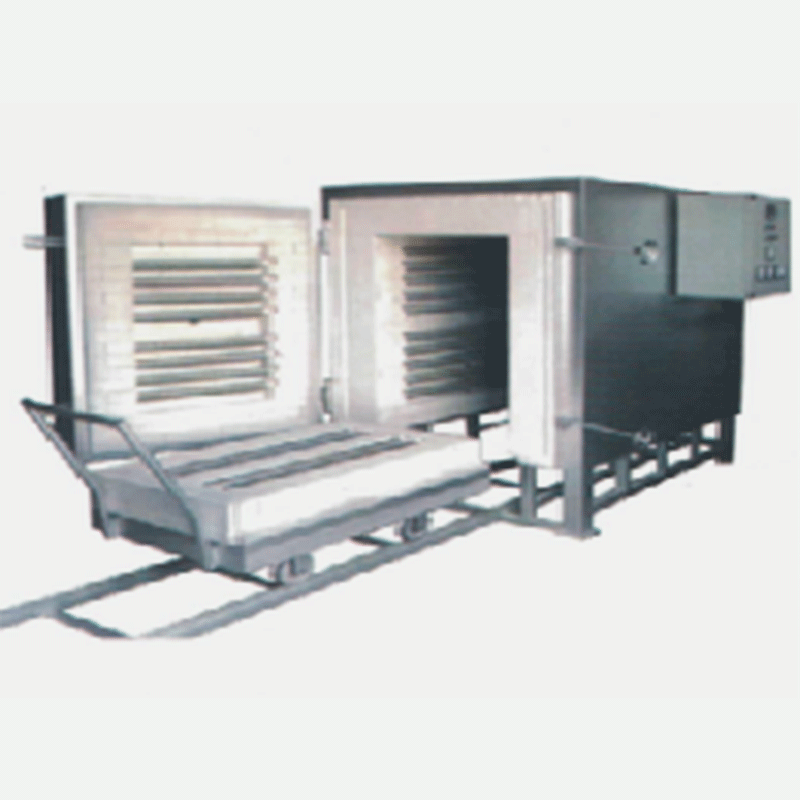High Temperature Bend Testing Machine Maintenance Content
High temperature flexural testing machine is a key equipment for evaluating material performance and requires regular maintenance. Daily maintenance includes cleaning dust, checking sealing strips, temperature controllers, etc.; periodic maintenance requires disassembly of the box, calibration of sensors, replacement of insulation materials, etc.; major maintenance requires professional personnel to inspect electrical components, heating systems, etc. Maintenance must follow the instruction manual and pay attention to safety protection and records.
High temperature flexural testing machine is a key equipment for evaluating the bending and deformation resistance of materials in high temperature environments. By testing the flexural strength of materials at high temperatures, it provides important data support for the design and selection of refractory building materials, ceramic products, concrete structures, etc. This article mainly introduces the maintenance content of high temperature flexural testing machine.

1. Daily maintenance
1. Check the inner and outer surfaces of the box, and use a rag to clean the dust and debris. Excessive dust will affect the uniformity of the temperature field inside the box, resulting in temperature measurement deviation.
2. Check the integrity of the door and window seals, and replace them if necessary to ensure good airtightness and prevent heat loss.
3. Carefully check the readings of the temperature controller, timer, etc. to ensure accurate temperature and time control.
4. Check the entire heating pipeline, pay attention to the condition of the heating wire, check whether there is leakage at the joint, and deal with problems in time.
5. Use visualization software to observe the temperature distribution in the box when the machine is turned on. If obvious abnormalities are found, the heating system needs to be adjusted.
2. Periodic maintenance
1. Disassemble the box regularly, clean the internal dust and check each heating wire. If damage is found, replace it in time.
2. Detect and calibrate the temperature sensor. If the reading deviates from the standard source, the sensor or controller setting needs to be adjusted.
3. Check and supplement or replace the insulation material in the box as appropriate to avoid heat loss affecting the temperature control effect.
4. Replace the old sealing strips at the doors and windows to ensure good air tightness.
5. Check whether the gap between the fan impeller and the housing is reasonable, and the impeller and housing are free of wear or accumulation to ensure smooth operation. If abnormalities are found, they need to be cleaned or replaced.
6. Check the tension and wear of the supporting wire rope. If there is looseness or severe wear, it should be reinforced or replaced in time to avoid safety hazards.
III. Major maintenance
1. Regularly ask professionals to inspect the internal electrical components of the equipment, replace resistors, relays, fuses, etc. with severe losses, and eliminate safety hazards.
2. Check the grounding reliability of the metal casing and the earth, and add an external equipotential grounding wire if necessary.
3. Disassemble and inspect the functional modules of the control system, use compressed air to remove dust accumulation, replace damaged parts, and ensure that all functions are normal.
4. Inspect the entire heating system, check the uniformity and heat generation of the heating wire, adjust or replace some heating tubes, and ensure sufficient and uniform heat output.
5. Carry out a comprehensive and systematic inspection of the entire high-temperature flexural test machine, check and eliminate all kinds of potential hidden dangers one by one, and ensure the safety and stability of the equipment in the next operating cycle.
IV. Maintenance precautions
1. Strictly follow the requirements of the equipment instructions and maintenance manual, formulate a scientific maintenance plan and adhere to it.
2. Take effective protective measures during maintenance to avoid high temperature burns or other personal safety hazards.
3. When replacing parts, use original accessories of the manufacturer's specified model to ensure quality and compatibility.
4. Mark the disassembled parts in time to prevent assembly errors. Be careful when disassembling and assembling to avoid damaging surrounding parts.
5. Keep detailed records during maintenance, understand the service life and maintenance history of the equipment, and provide reference for the formulation of subsequent maintenance plans.
In short, as a key equipment for testing the performance of various materials, the maintenance of the high-temperature flexural test machine is very important. Implementing a reasonable maintenance plan is conducive to maintaining the working performance of the equipment and extending the service life of the equipment.
Recommended Products
Hot News
-
From Nanyang to East Africa: China's "Fire Assay" Technology Illuminates the Future of Kenya's Mining Industry—The Launch of the Kyrgyz-Chinese Testing Equipment Container Laboratory
2025-12-30
-
Features of the Gold Test Ash Blowing Furnace
2025-12-22
-
Precisely measuring material "endurance" at high temperatures—Nanyang JZJ Testing Equipment Co., Ltd.'s high-temperature load-bearing creep tester is exported to the United States.
2025-12-17
-
The trusted choice of African mining giants! Nanyang JZJ Testing injects refined "core power" into Zimbabwe's gold mining industry.
2025-12-08
-
Working principle and application range of ambient temperature abrasion tester
2025-11-07
-
The main reagents used in fire assay and their functions
2025-10-13
-
Let you know about fire assay ash blowing furnace
2025-09-23
-
Refractoriness under load (RUL) and creep in compression (CIC) testing machine common troubleshooting
2025-08-25
-
How to use X-ray fluorescence fusion machine in refractory industry?
2025-08-18
-
What materials are suitable for high temperature muffle furnace testing?
2025-08-14

 EN
EN
 AR
AR
 BG
BG
 FR
FR
 DE
DE
 HI
HI
 IT
IT
 PL
PL
 PT
PT
 RU
RU
 ES
ES
 TL
TL
 IW
IW
 ID
ID
 UK
UK
 VI
VI
 TH
TH
 TR
TR
 FA
FA
 MS
MS
 UR
UR
 BN
BN
 KM
KM
 LO
LO
 PA
PA
 MY
MY
 KK
KK






















